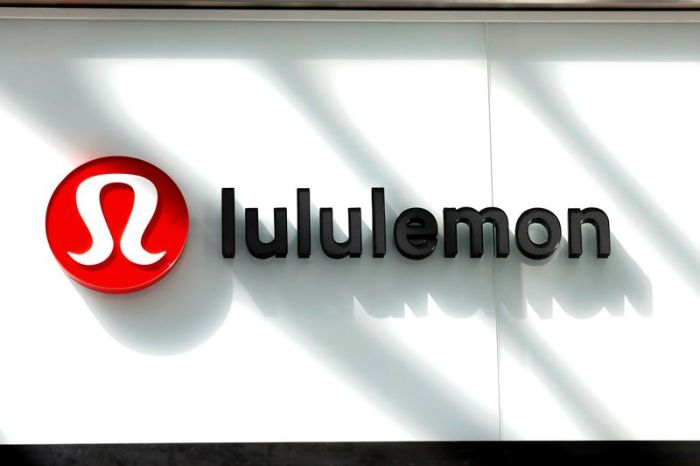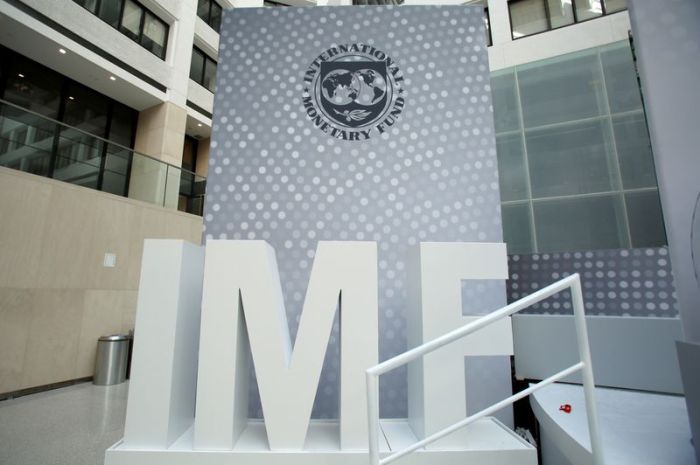NEW YORK (Reuters) -Oil prices slid more than 1% on Tuesday as the Suez Canal reopened to traffic and the U.S. dollar rallied.
Investors shifted focus to the upcoming OPEC+ ministerial meeting on Thursday, where analysts expect the group to extend supply curbs given dim demand prospects.
Brent crude fell 84 cents, or 1.3%, to settle at $64.14 a barrel while West Texas Intermediate U.S. oil ended the session down $1.01, or 1.6%, at $60.55 barrel.
The benchmarks held their losses in post-settlement trade after industry data showed U.S. crude inventories swelled by 3.9 million barrels last week, sources said citing the American Petroleum Institute’s weekly report. Analysts in a Reuters poll forecast a build of about 100,000 barrels.
Government data is due on Wednesday at 10:30 a.m. EDT (1430 GMT)
Ships were moving through the Suez Canal again a day after tugs refloated the Ever Given container carrier, which had blocked the passage for almost a week. The backlog of 422 ships could be cleared in 3-1/2 days, the canal’s chairman said. [nL1N2LS0PW]
“The price gains that accumulated during the Suez blockade were, as expected, short-lived and are now being erased with the gradual return to normal traffic,” Rystad Energy’s oil markets analyst Louise Dickson said.
The dollar rose against major currencies and climbed to a one-year high against the yen. A firmer greenback makes oil priced in dollars more expensive in other currencies.
With concerns about a shortage of physical supplies abating, the market will watch Thursday’s meeting of the Organization of the Petroleum Exporting Countries (OPEC) and allies including Russia, collectively known as OPEC+.
Saudi Arabia is prepared to accept an extension of production cuts through June and to prolong its own additional cuts amid the latest wave of coronavirus lockdowns, a source briefed on the matter said on Monday.
“The wobble we have seen in prices means that OPEC+ will likely need to take a cautious approach once again,” bank ING said. “We are of the view that the group will likely hold output levels unchanged.”
JPMorgan believes OPEC+ will largely roll over its production cuts into May and that Saudi Arabia will extend its voluntary cut by two more months until the end of June.
“We expect the alliance to start adding production in 500,000 barrel per day (bpd) increments beginning in June and lasting through August,” it said in a research note.
Renewed lockdowns and problems with vaccinations could prevent the recovery of up to 1 million bpd of oil demand in 2021, Rystad Energy said.
One challenge in capping global supply is under-the-radar exports by OPEC member Iran to China, ignoring U.S. and U.N. sanctions on Tehran, according to traders and analysts.
China could receive up to 1 million bpd of Iranian crude this month passed off as crude from other origins, they said.
(Addiional reporting by Ahmad Ghaddar in London, Aaron Sheldrick in Tokyo; Editing by Marguerita Choy and Lisa Shumaker)























